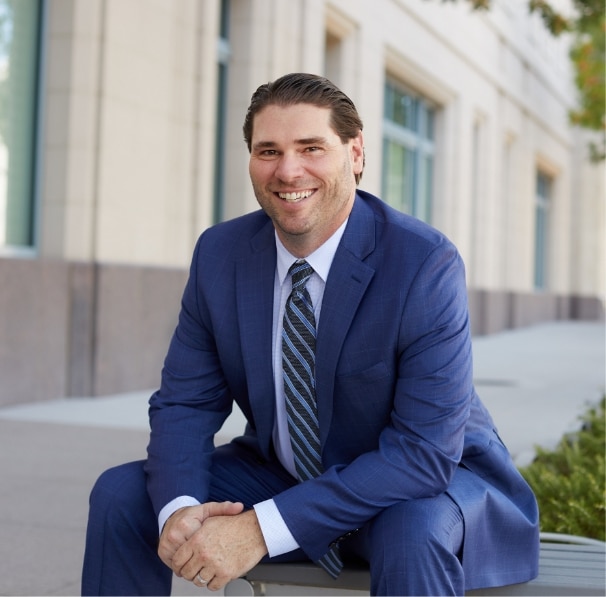Sprains and strains, broken bones, traumatic brain injury, spinal cord, and internal organ damage are the most common types of slip and fall injuries. Taking a few precautions can help people avoid slipping and falling. Poorly maintained or damaged walking surfaces, inadequate lighting, safety violations at work, and faulty or missing hand and guard rails, however, are often to blame.
Common Slip and Fall Injuries
Strains and sprains are some of the most frequently treated slip and fall injuries. Twists and contortions that strain and sprain the muscles, ligaments, and tendons occur when the individual’s body reacts to protect itself.
Broken bones are also common slip and fall injuries. These can occur when the victim falls from height or lands on a hard surface. Roughly 5% of all slip and fall victims who seek treatment have a bone fracture. Senior citizens are at the greatest risk.
Traumatic Brain Injury (TBI) can also occur in a slip and fall. Individuals whose head strikes the ground, a toolbox, or another hard object are particularly at risk. TBI can range from concussions and contusions to penetrating wounds. Severe TBI can result in lifelong changes to the individual’s earning capacity, quality of life, personal relationships, and overall physical and mental health.
Similarly, spinal injuries frequently occur when victims slip and fall. These can include spinal fractures, dislocation of vertebrae, and disc rupture. Severe spinal injuries often cause paralysis.
Internal organ injuries like fractured sternums and pulmonary contusions, or bruised organs and damage to blood vessels and airways can also be caused by slip and fall accidents. Internal injuries can require hospitalization to treat.
Avoiding Slips and Falls
Individuals can improve their odds of avoiding slip and fall accidents. Wearing well-fitting footwear with solid tread and avoiding walking over uneven surfaces, damaged sidewalks, or poorly maintained roads can help people stay safe.
It is also recommended for people to walk with their hands outside of their pockets to improve balance and allow them to grab handrails or catch themselves when they start to fall. Finally, workplace hazards such as poorly lit stairwells, improperly maintained parking lots, loose or missing guardrails, or other dangers, should be reported to employers before someone has a work-related accident in Las Vegas.





